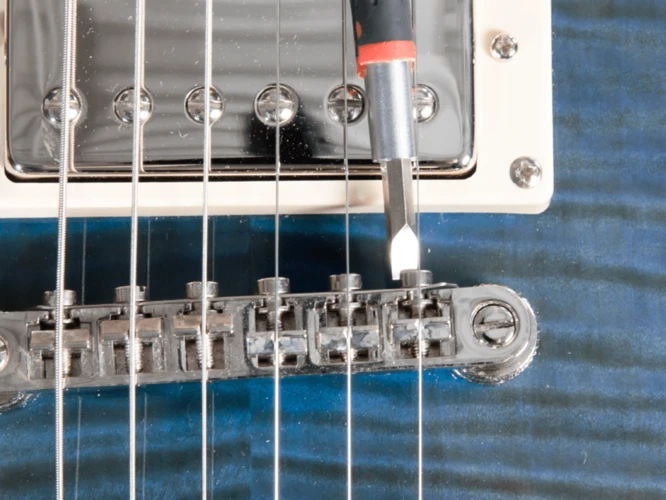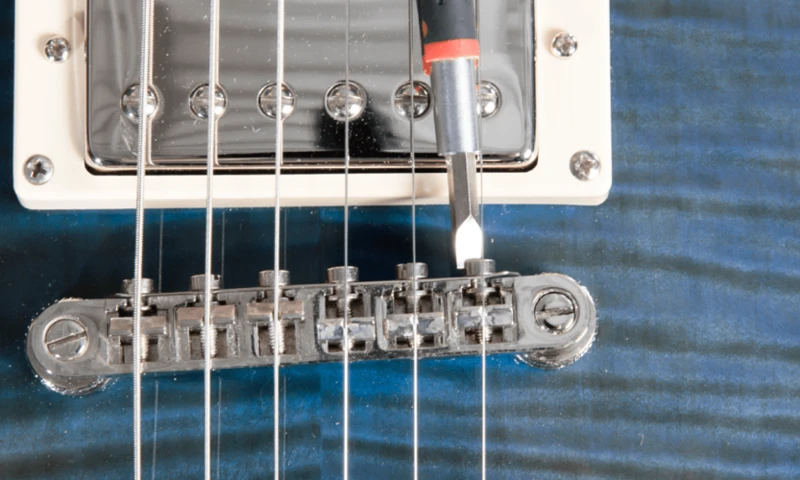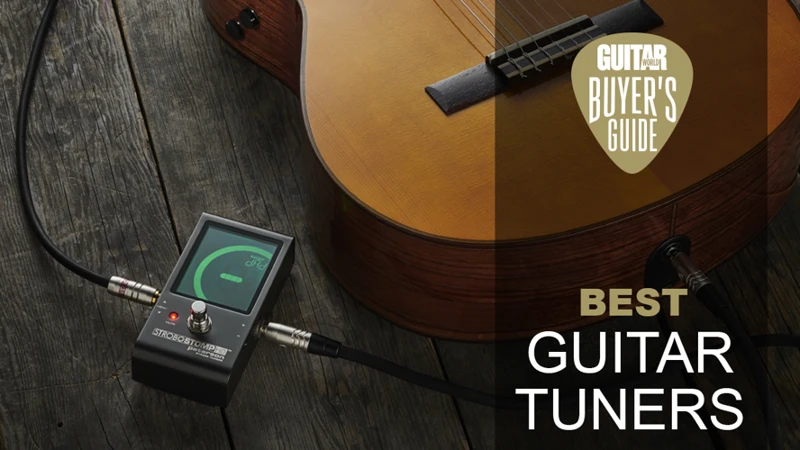Playing the guitar is a beautiful experience, but it can be frustrating if your guitar is not set up correctly. One of the most critical aspects of a good guitar setup is having properly functioning tuners. In this blog post, we will explore the importance of guitar setup tuners and how they can help you achieve the perfect sound.
What are Guitar Setup Tuners?
Guitar setup tuners are devices that help you tune your guitar to the correct pitch. They can be built into the guitar itself, or they can be separate external devices. Guitar setup tuners can be electronic or manual, and they work by detecting the pitch of each string and comparing it to the desired pitch.
Why are Guitar Setup Tuners Important?
Having properly functioning tuners is essential for achieving a good sound on the guitar. If your guitar is not in tune, the notes will sound off, and it will be challenging to play in key with other musicians. Guitar setup tuners help ensure that each string is at the correct pitch, making it easier to play in tune and achieve a beautiful sound.
How do Guitar Setup Tuners Work?
Guitar setup tuners work by detecting the pitch of each string and comparing it to the desired pitch. Electronic tuners use a microphone to detect the pitch, while manual tuners use a visual indicator to show you whether the string is flat, sharp, or in tune. Some tuners can even detect the pitch of multiple strings at once, making it easier to tune your guitar quickly and accurately.
Types of Guitar Setup Tuners
There are several types of guitar setup tuners available, including:
Clip-On Tuners
Clip-on tuners attach to the headstock of your guitar and use a vibration sensor to detect the pitch. They are small, portable, and easy to use, making them a popular choice for many guitarists.
Pedal Tuners
Pedal tuners are designed for use with electric guitars and are typically used on stage or in the studio. They are activated by foot and provide accurate tuning in a matter of seconds.
Handheld Tuners
Handheld tuners are small, portable devices that can be used to tune a variety of instruments. They are battery-powered and use a microphone to detect the pitch.
Built-In Tuners
Some guitars come with built-in tuners, which are typically located on the headstock or in the body of the guitar. These tuners are convenient and easy to use, but they may not be as accurate as external tuners.
How to Use Guitar Setup Tuners
Using a guitar setup tuner is relatively simple. Here are the basic steps:
1. Turn on the tuner and make sure it is set to the correct mode (e.g., chromatic, standard tuning, etc.).
2. Pluck the string you want to tune and watch the tuner display.
3. Adjust the tuning peg until the tuner display shows that the string is in tune.
4. Repeat the process for each string.
Tips for Using Guitar Setup Tuners
Here are a few tips to help you get the most out of your guitar setup tuners:
Use a High-Quality Tuner
Investing in a high-quality tuner can make a big difference in the accuracy and ease of use. Look for a tuner with a clear display, fast response time, and accurate pitch detection.
Tune in a Quiet Environment
Tuning your guitar in a noisy environment can be challenging, as external sounds can interfere with the tuner’s ability to detect the pitch. Try to find a quiet place to tune your guitar, or use headphones if you are using a handheld or pedal tuner.
Tune One String at a Time
It can be tempting to tune all the strings at once, but this can lead to inaccuracies. Instead, tune one string at a time, starting with the low E string and working your way up.
Check Your Tuning Regularly
Even if you have a high-quality tuner, it’s important to check your tuning regularly. Guitar strings can go out of tune over time, especially if you are playing for an extended period or in different temperatures and humidity levels.
Looking to achieve the perfect sound for your guitar setup? Check out our articles on tuning your guitar with an electronic tuner, understanding string materials for tone and playability in country music, using a clip-on tuner for your acoustic guitar, advanced hybrid picking techniques for acoustic guitar in country music, and essential tips for country rhythm guitar to help you achieve the best possible sound!
Conclusion
Guitar setup tuners are an essential tool for any guitarist, whether you are a beginner or a seasoned pro. They help ensure that your guitar is in tune, making it easier to play in key and achieve a beautiful sound. By investing in a high-quality tuner and following the tips outlined in this blog post, you can take your guitar playing to the next level.




